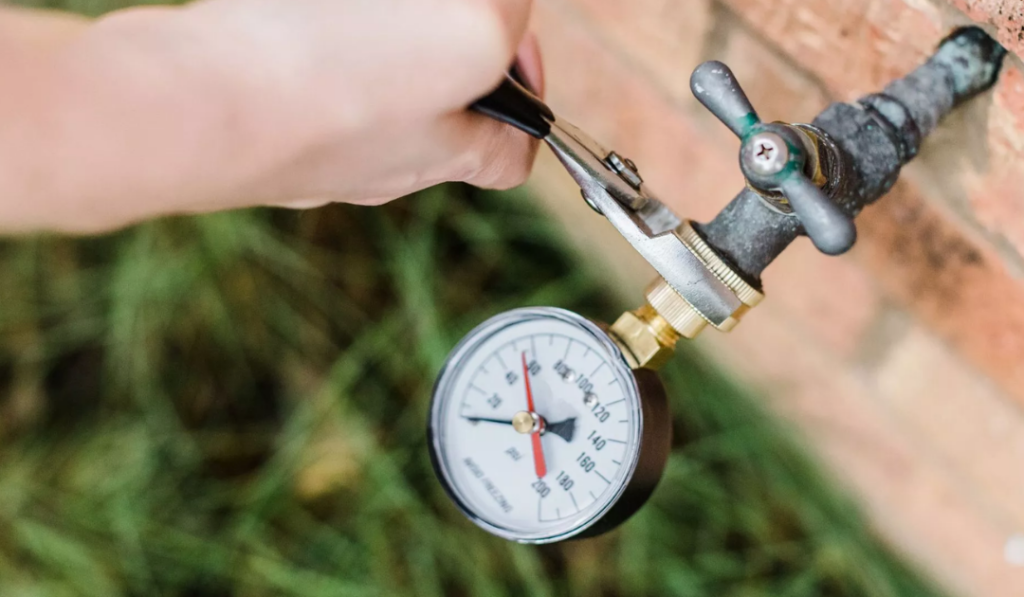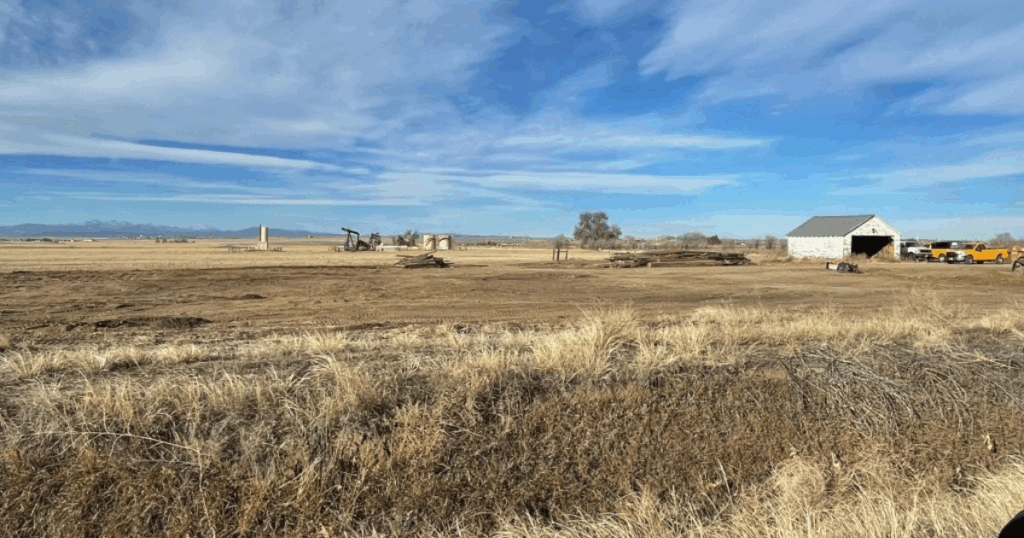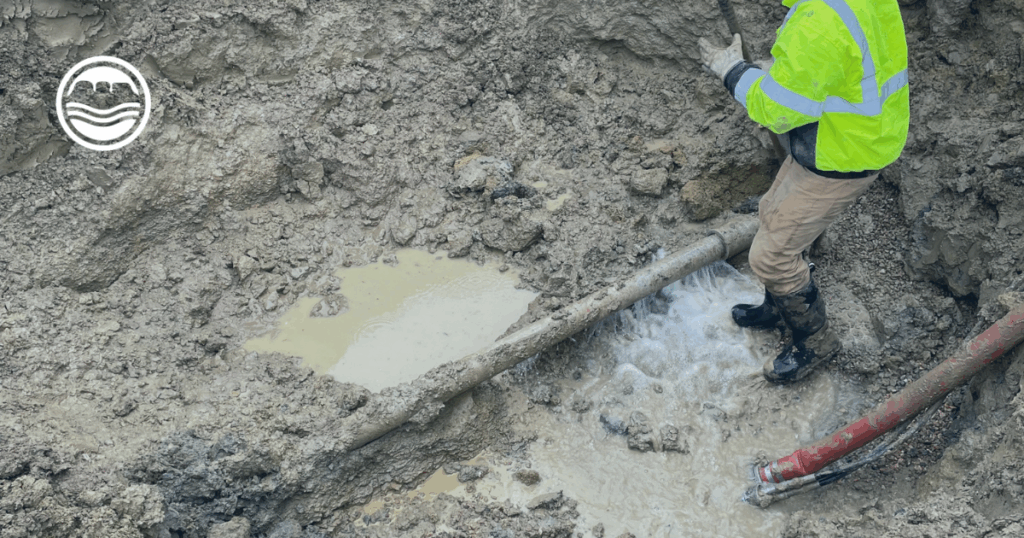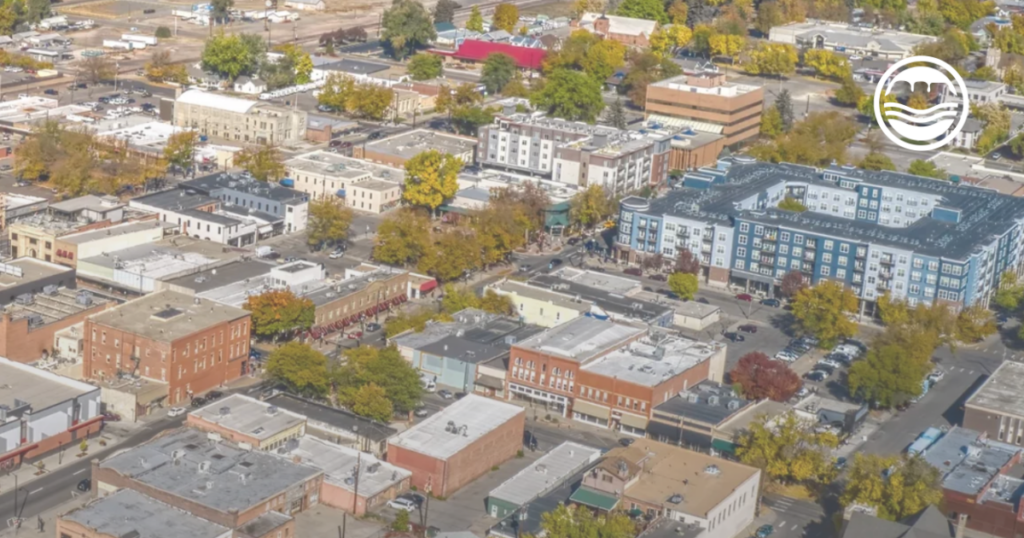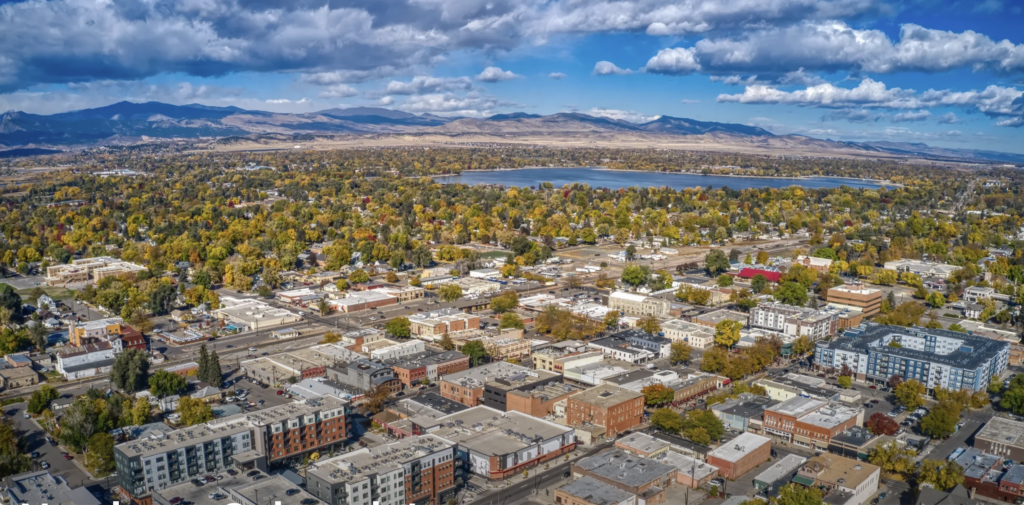When you turn on your faucet or hose, water should come out at full speed ahead. But what happens when you have a slow flow? It’s often the result of low water pressure. Not only is this maddening, but it’s worrisome as well.
We often receive calls from customers with questions about low water pressure. Most of the time, the cause is low water flow, not low pressure, which is often the result of aging water service lines in older homes. Low pressure and flows can also be caused by high usage in the area or clogged faucet aerators, pipes, etc. Low water pressure and thus a slow flow in your sink, shower, or hose is sometimes an easy fix. Other times, it’s indicative of a bigger issue.
We caught up with internal expert Chris Dash, Utilities Operations Superintendent for Fort Collins-Loveland Water District, and asked him a few questions about water pressure:
- What is low flow? When you turn on the faucet all the way, your water should come out quickly. If there is less water than you’re imagining or even just drips, you have a low flow.
- What are the common causes of low water pressure? Low water pressure can be the result of something easy to fix like a main water valve that is not quite opened all the way or something much bigger such as a leak or piping issues. Common causes of low water pressure include:
- Partially closed water valve: All homes and businesses have a main water valve. Occasionally over time or after a home service project, this valve will be partially shut or shut all the way. This can cause a low-pressure system.
- Blockages in your piping: If contaminants or debris are preventing the water from moving freely through your pipes, you may notice a slowing of water.
- Leaking pipes: If there is a leak, small or major, it can greatly impact the strength of your water flow. Obvious signs are pooling water or a flooded basement, but sometimes leaks are gradual.
- Corroded pipes: Many old houses or buildings start to experience pipe corrosion and if they corrode inward, this can impact water flow.
- Failures in your pressure-regulating valve (PRV): Pressure-regulating valves act to maintain system efficiency and stabilize the flow of water. If you notice a sudden upward or downward rate of water pressure, it could be the result of a failed pressure regulator. The purpose of the PRV is to help reduce pressure going into the house, so fixtures and pipes aren’t damaged. Sometimes, however, they do fail and can reduce pressure, so it’s important to have it checked by a plumber.
- Why is it important to fix low water pressure? Low water pressure is often tied to leaks which can be expensive to repair if too much time passes. You may also see a big jump in your water bill if you have a leak. Additionally, low water pressure can damage your appliances and reduce the resale value of your home, so getting ahead of any low water pressure issues is key.
- How do customers fix low water pressure? The first step is to determine what is causing the low pressure. Sometimes it’s as simple as clearing out the aerator on your faucet if minerals have built up and slowed the flow, but other times it can be more serious. Did you know that as a District customer, you have access to our free leak detection program? Learn more here. If you suspect a leak, don’t wait. You can also contact a local plumber to help you determine the cause and fix the issue.
- What if my neighborhood has low water pressure? If your entire neighborhood is experiencing low flow, it could be a sign of a neighborhood leak. Please contact our 24/7 emergency line at (970) 226-3104 to report the issue. We will determine where the leak is and work to fix it as soon as possible.
Keep in mind, it is possible to have a leak even with high water pressure! If you are a fan of The Bobby Bones Show, an award-winning country radio show, you may remember a series of episodes from earlier this year where his co-host, Amy Brown, was experiencing exceptionally high water bills. Her meter showed that a faucet could’ve been running around the clock, but she was still getting great water pressure, so she didn’t suspect a leak. After failed attempts to identify the cause of her high bills, she turned to a company that specializes in leak detection with radars to identify underground leaks. Within 20 minutes, they found the leak! It was from a hole in a pipe that had been dumping half a gallon of water per minute! Listen to the full show on TikTok. So how can you avoid a situation like Amy Brown’s?
Top Tips from Bob Vila on How to Find Water Leaks:
- Add food dye to toilets – add a few drops of food coloring in the tank of every toilet in the house. If a toilet tank is leaking, you will see color appear in the bowl within five minutes.
- Sometimes having high water pressure doesn’t mean there’s not a leak – a high water bill without pressure loss means you likely have a leak.
- Watch for squishy spots in your yard – squishy spots or having an area of your yard where the grass is much greener (and grows faster) could mean that a pipe is leaking.
- Water Meter Test – one way to find hidden water leaks is to conduct a water meter test. After turning off all the faucets in your home, check the water meter. If the meter is still running, you have a water leak. Tip: if there is a slow-moving leak, you may not see a change right away. Check the meter again after a couple of hours and compare the readings. You may have a slow-moving leak if the water meter moved.
- Listen for Running Water – if obvious signs of a water leak aren’t visible, try listening for running water. Sometimes it’s possible to hear water leaks through walls or floors.
- Check your Appliances for Leaks – to detect water leaks from appliances, disconnect all of them from the outlet until you find the appliance that has a leak. In this case, the faulty appliance could have a slow dripping leak.
- Check Your Utility Bills – your water bill can tip you off to a possible water leak. If there is an unusual increase in your water usage, it may be due to a leak.
- Water Drips and Wet Walls/wall discoloration – watch for visible dampness or discoloration, both could indicate water leaking from behind the drywall and soaking through to the front side. Water stains on ceilings and walls are usually yellowish or brownish.
- Bubbling paint or bulging wallpaper – both are signs that the wallboard is wet and the paint or wallpaper is no longer adhering tightly. In some cases, you may also notice a bulge in the wallboard, which indicates the water damage is more extensive and the wallboard will have to be replaced.
- A musty smell – over time, a persistent leak provides the perfect humid environment for mold to grow. In some cases, you may notice black splotches on the outside of the wall, but often, mold will grow inside the wall where you can’t see it, so a musty smell is a red flag.
As always, we are here to support you so if you have questions don’t hesitate to reach out anytime to our customer service department,
 Skip to content
Skip to content

